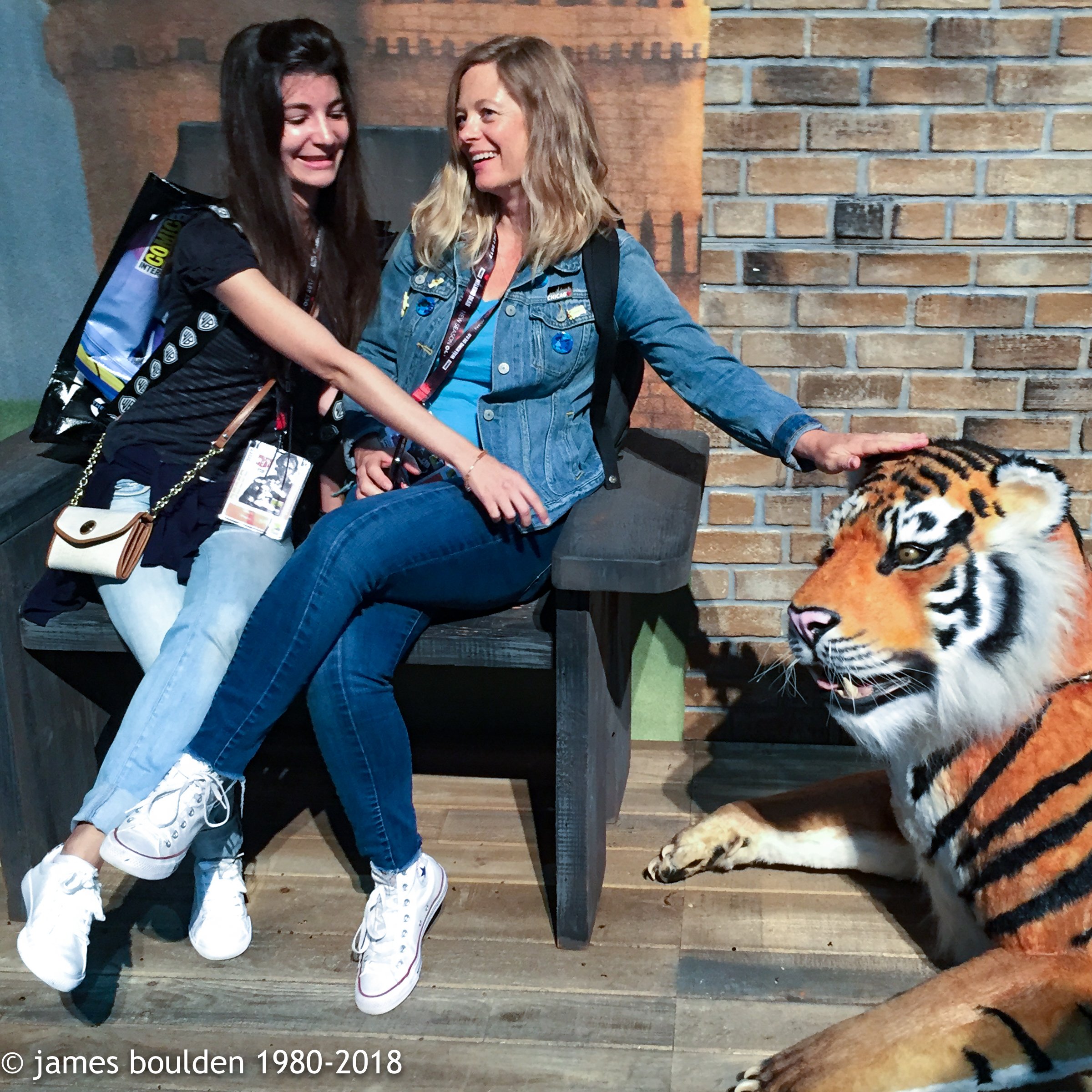ANIMALS IN LOCATION-BASED ENTERTAINMENT
TRAINED LIVE ANIMALS VS. REALISTIC ANIMATRONIC PUPPETS
Focusing on: Fairs, Petting Zoos, Themed Entertainment, Family Entertainment Centers, Live Theater
Trained Live Animals vs Realistic Animatronic Figures as Entertainment
The use of trained live animals and realistic animatronic figures as entertainment has been a topic of debate for many years. There are pros and cons to both approaches, and the best choice for a particular setting will depend on a variety of factors.
Trained Live Animals
Trained live animals can be a very popular form of entertainment, especially at fairs, petting zoos, and themed entertainment venues. They can provide visitors with an up-close and personal experience with a variety of animals, and they can also be educational. However, there are also some potential downsides to using trained live animals.
One of the biggest concerns with using trained live animals is the risk of disease transmission. Animals can carry a variety of zoonotic diseases, which can be transmitted to humans through contact with their saliva, feces, or urine. This is a particular concern at petting zoos, where children are often allowed to interact with the animals.
Another concern with using trained live animals is the potential for injury. Animals can be unpredictable, and they can sometimes bite or scratch visitors. This is especially true of wild animals, which are not always accustomed to being around people.
Finally, trained live animals require a significant amount of care and maintenance. They need to be fed, watered, and cleaned on a regular basis, and they need to be housed in appropriate enclosures. This can be a significant financial and logistical burden for businesses that use trained live animals.
Realistic Animatronic Figures
Realistic animatronic figures offer a number of advantages over trained live animals. They are not susceptible to disease, they cannot injure visitors, and they do not require as much care and maintenance. Additionally, animatronic figures can be programmed to perform a variety of actions, which can make them more engaging for visitors.
However, there are also some potential downsides to using realistic animatronic figures. They can be expensive to purchase and maintain, and they may not be as realistic as live animals. Additionally, some people may find animatronic figures to be less educational than live animals.
Conclusion
The decision of whether to use trained live animals or realistic animatronic figures as entertainment is a complex one. There are pros and cons to both approaches, and the best choice will depend on the specific setting and the target audience.
In general, trained live animals are a better choice for educational settings, such as zoos and aquariums. They can provide visitors with a unique and up-close experience with a variety of animals. However, they are not a good choice for settings where there is a high risk of disease transmission or injury.
Realistic animatronic figures are a better choice for settings where safety and cleanliness are paramount. They are not susceptible to disease, they cannot injure visitors, and they are easy to clean. Additionally, they can be programmed to perform a variety of actions, which can make them more engaging for visitors. However, they may not be as realistic as live animals, and they can be expensive to purchase and maintain.
Ultimately, the decision of whether to use trained live animals or realistic animatronic figures as entertainment is a decision that should be made on a case-by-case basis. There is no one-size-fits-all answer, and the best choice will depend on the specific setting and the target audience.

